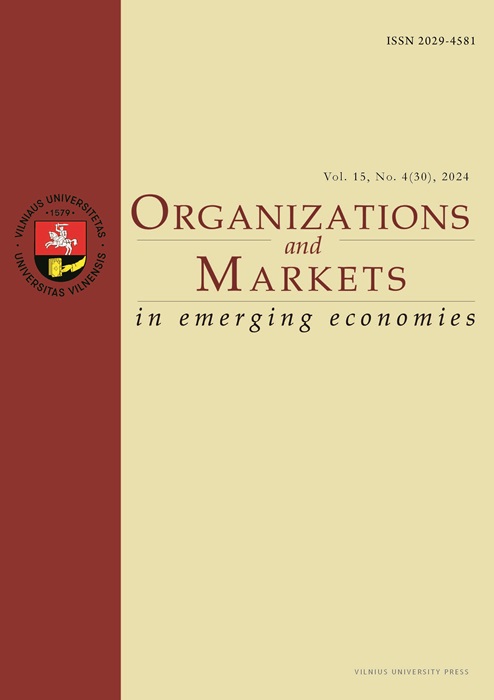Unraveling the Loan Growth Threshold Effect on Non-Performing Loans During Total Dollarization in Zimbabwe
Unraveling the Loan Growth Threshold Effect on Non-Performing Loans During Total Dollarization in Zimbabwe
Author(s): Blessing Katuka, Calvin Mudzingiri, Edson VengesaiSubject(s): National Economy, Financial Markets, Public Finances, Business Ethics, Socio-Economic Research
Published by: Vilniaus Universiteto Leidykla
Keywords: non-performing loans; excessive lending ; moral hazard; panel threshold regression; Zimbabwe;
Summary/Abstract: The availability of bank loans is a vital component in determining the investment and spending patterns that influence economic growth. This article examines the threshold effect of loan growth on non-performing loans (NPLs) in the Zimbabwean banking industry during dollarization. The study employed panel threshold regression models developed by Seo et al. (2019) and Kremer et al. (2013) on a panel of thirteen banks from 2009 to 2017. The study revealed that locally owned banks held a higher percentage of NPLs (12.7%) than foreign-owned banks (6.1%) during the period under study. The study also documents a loan growth threshold level of 38%. On average, the industry lends excessively, as demonstrated by the 48% loan growth rate. Primarily, local banks dominate this rate by lending above the threshold compared to foreign banks. The study observed that, below and above the threshold, loan growth exerts a negative and significant effect on NPLs. Based on the results, it can be recommended that banks should devise strategies to maintain a steady loan growth rate, enhance profitability, and effectively monitor liquidity risk exposure. The findings provide insights into reviewing bank credit policies and prudential guidelines.
Journal: Organizations and Markets in Emerging Economies
- Issue Year: 15/2024
- Issue No: 1
- Page Range: 146-164
- Page Count: 19
- Language: English

